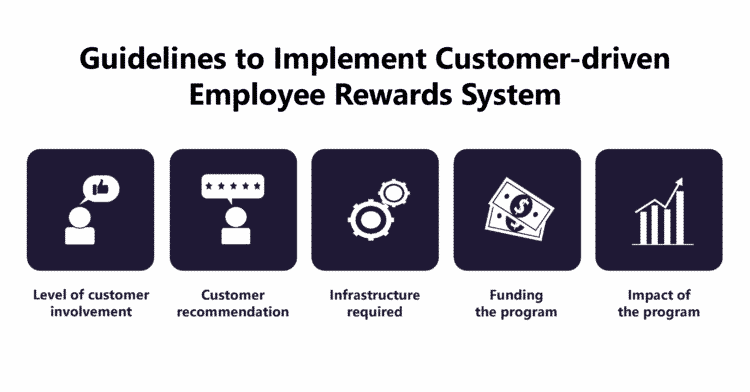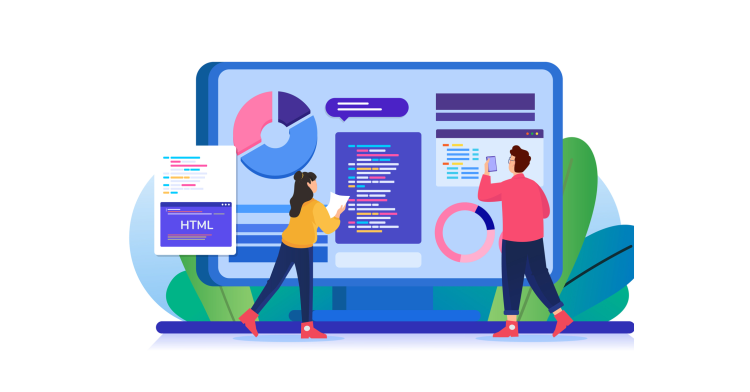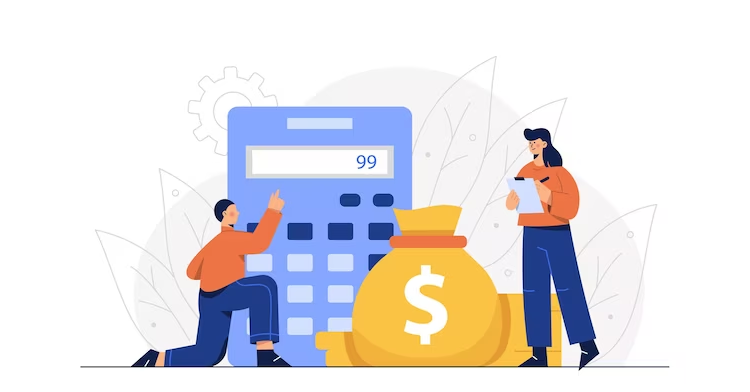1. Involve Customers in Recognition: Incorporate customer feedback in employee recognition programs to motivate customer-facing employees and enhance customer experience.
2. Define Customer Involvement: Determine the extent of customer participation, such as providing feedback, recommending employees for rewards, or rating interactions to suit the organization’s needs.
3. Use Existing Systems and Cost-Effective Tools: Leverage existing systems and digital tools, such as emails, SMS, and CRM integrations, to gather customer input and facilitate recognition.
4. Promote and Measure Program Impact: Actively promote the program internally and externally and measure its impact on customer satisfaction and employee motivation to ensure alignment with organizational goals.
Employee recognition usually links to employee performance and behaviors within the workplace. However, organizations have started to explore customer-driven employee reward systems to improve the performance of customer-facing employees.

Usually, customers are considered external to the organization and have no say in the employee recognition process, which is supposed to be internal.
However, customers are critical organizational stakeholders and should be part of the reward and recognition process.
Over the years, organizations have come to acknowledge that the feedback and opinions of customers are critical for rewarding employees.
Moreover, since all organizations focus on providing an excellent customer experience, seeking their involvement in the rewarding process seems obvious.
Even though giving customers a more significant say in rewarding and recognizing employees might seem appealing, implementing it may not be as easy.
Organizations may face considerable challenges in gaining internal buy-in for setting up and implementing such a system.

For setting up an effective customer-driven employee reward system, organizations need to answer the following questions:
1. Which segment of employees should the organization cover through such customer-driven rewards programs?
2. How much say would customers have in rewarding and recognizing the employees? Can customers directly recommend employees for recognition, offer feedback, and leave the decision to the management?
3. How do they educate customers about the new rewards policy to ensure maximum participation?
4. What systems and processes does the organization need to implement the customer-driven rewards program effectively?
5. If customers are also involved in the process (especially in a B2B context), who will fund the rewards programs?
6. What will be the potential impact on productivity and employee motivation? Will it justify the investment?

First, organizations must understand that only specific employees should be part of the customer-driven rewards program.
Hence it is important to identify the target employees to ensure that these rewards can make the desired impact on the right people.
Also, such customer-driven reward and recognition programs might be suited for industries and roles requiring direct customer interaction for day-to-day operations, problem-solving, and troubleshooting.
The following industries and roles are best suited for having such programs:
1. Retail: Store employees
2. Hospitality: Front Desk, Housekeeping, Service Staff
3. Healthcare: Front Desk, Medical Staff
4. Logistics/ E-commerce: Delivery Staff, Customer Service
5. Consumer Products: Customer Service
1. IT Services/ BPO: Outsourced Staff
2. IT Hardware/ Software: Tech Support
3. Professional Services: Client Services, Account Management

Finding satisfactory answers to the above questions is the first step in establishing a genuinely effective and well-integrated reward system.
The points below can help organizations with the appropriate guidelines to implement the most efficient reward programs:


The first and most important question is whether customers should be allowed to participate in the recognition process.
It would generally depend on the type of products and services the organization offers and its level of customer engagement.
Most organizations might feel that reward and recognition are their internal matter, so customer involvement should be minimal.
They should consider the popular methods of seeking feedback about individual customer interactions and rating such interactions to involve them in the recognition process.
It would be most relevant in retail, hospitality, customer service operations, etc.

The next question is whether to allow the customers to recommend employees for rewards and recognition.
Hence, for this, organizations need to consider how it would work for blue-collared and white-collared employees.
Customer interaction with white-collared employees is generally more direct than with blue-collar ones, especially for junior roles.
So, allowing customers to recommend those employees who interact directly may help improve the overall customer experience.

Most organizations are concerned about the investment required to provide suitable systems to facilitate customer involvement in reward programs.
However, they can utilize existing systems with minor changes and various online and social media tools to achieve this objective cost-effectively.
Hence, they can simply seek customer feedback or ask them about the employees they would like to recommend for rewards and recognition through e-mail, SMS, WhatsApp messages, or even in-app features.
They could also integrate their customer feedback system or CRM with the employee rewards and recognition platform.
Hence, through the integration, good customer ratings could flow into the recognition platform and trigger a reward or recognition for the employee.
The platform should allow the management to access and analyze the customer experience data quickly.
It would enable them to choose the most deserving employees for rewards and recognition.

It is perhaps the most significant challenge organizations face when involving customers in recognition.
Since most organizations have well-defined budgets for recognition programs, they need to incorporate such customer-driven programs within those budgets.
However, the organizations might also consider asking their customers to contribute to funding rewards for exceptional employees.
It might work very well for higher-end service businesses, such as IT, analytics, accounting, etc., including those that work in a virtual captive model.

Organizations should also promote such customer-centric employee rewards programs internally and externally.
The promotion could be done through various customer-facing and employee-facing digital platforms, signages, and LED displays.
Celebrating essential milestones, such as acquiring or servicing the 100th customer or other success stories, is equally important.
Hence, involving the customers directly in the reward process is a great idea to boost the employees’ sense of achievement.

A customer-driven rewards program will likely create a quick and positive business impact, especially regarding enhanced customer experience and satisfaction.
Such programs can also help in assuring the employees of a completely transparent reward system that likes to customer centricity and performance.
Therefore, this can enhance the employees’ and the organization’s overall productivity and efficiency.
Great customer experience is critical to the success of any organization. Hence, it is important to reward and recognize employees who interact with customers directly on a regular basis. The performance and behavior of these employees have a strong linkage with the level of customer experience of the organization.
Therefore, involving customers in employee rewards and recognition by seeking their feedback and input is a great way to drive the effectiveness of such programs for customer-facing employees.

Lead author: Sagar Chaudhuri, the Co-Founder and CEO of HiFives. He is an HR Tech Evangelist with over 25 years of corporate and entrepreneurship experience. In the past, Sagar has worked in leadership roles with companies such as Genpact, Infosys, and ICICI Bank. He has an engineering degree from IIT Kharagpur and an MBA from IIM Lucknow. Connect on LinkedIn
To stay updated on the latest HiFives blogs, follow us on Twitter (@MyHiFives)